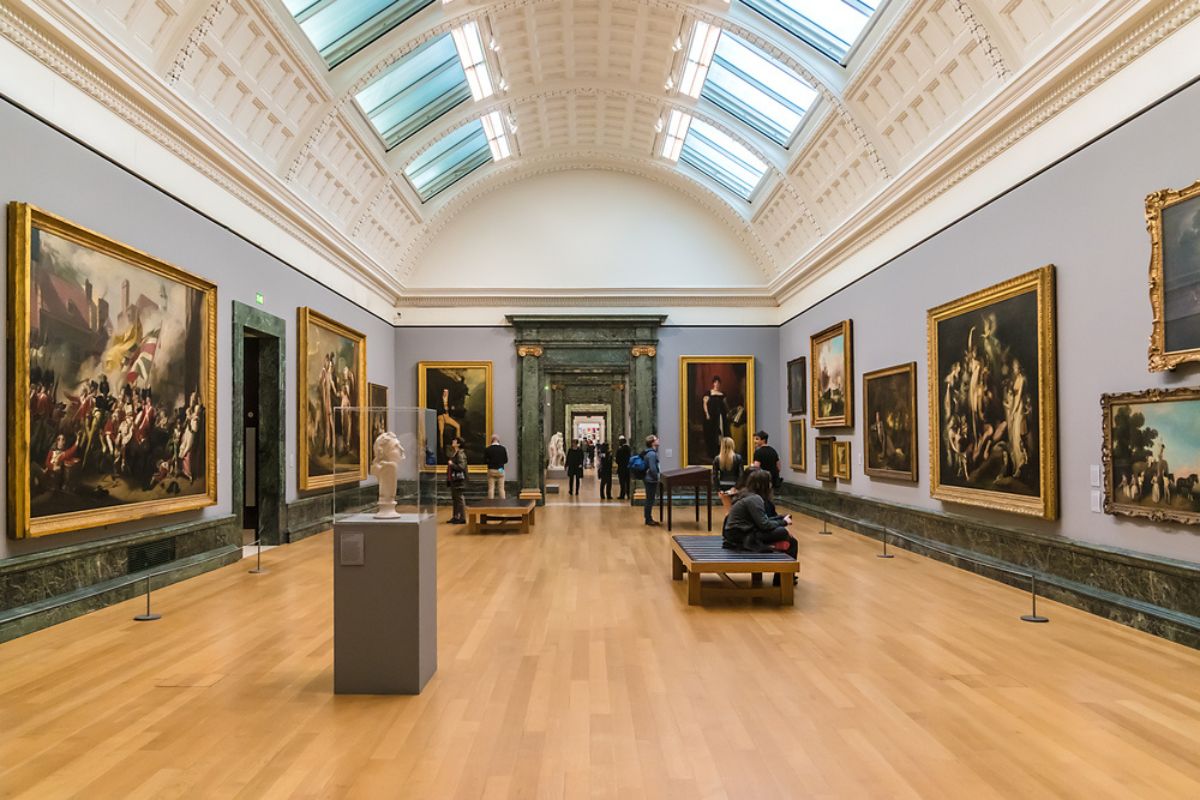Museums and galleries are two terms that are often used interchangeably, but they are not the same thing. While both are institutions that display art and artifacts, there are some key differences between the two. Understanding these differences can help visitors make the most of their experience.
Museums are institutions that collect, preserve, and display objects of historical, cultural, or scientific significance. They often have a wider scope than galleries, showcasing everything from ancient artifacts to contemporary art.
Museums also tend to have a more educational focus, offering exhibitions that are designed to teach visitors about a particular subject or period in history.
Galleries, on the other hand, are primarily dedicated to displaying art. They are often smaller than museums and may focus on a particular style, genre, or artist.
Galleries are also usually more commercial in nature, with a focus on selling art rather than educating visitors. While some galleries may offer educational programs or tours, they are typically less structured than those offered by museums.
| Aspect | Museum | Gallery |
|---|---|---|
| Purpose | Museums are typically dedicated to preserving, researching, and exhibiting a wide range of artifacts and objects that have historical, cultural, scientific, or artistic significance. They often focus on education and may have a broader scope, including natural history, archaeology, science, and more. | Galleries primarily focus on displaying and selling works of art, such as paintings, sculptures, photographs, and other artistic creations. Their primary purpose is to promote and sell art, and they may feature the work of individual artists or specific art movements. |
| Collections | Museums have permanent collections that are carefully curated and maintained over time. These collections often include historical artifacts, scientific specimens, and artworks from various time periods and cultures. | Galleries do not typically have permanent collections. Instead, they host temporary exhibitions featuring works of art that are usually for sale. Galleries may represent individual artists or rotate exhibitions by various artists. |
| Ownership | Museums are often publicly funded or operated by nonprofit organizations. They may also be affiliated with government agencies, universities, or cultural institutions. | Galleries can be privately owned and operated by individuals, commercial art dealers, or art organizations. They may operate for-profit or as part of a business enterprise. |
| Sales | Museums generally do not sell the items in their collections. While they may have gift shops that sell books, souvenirs, and reproductions related to the museum’s exhibits, the artifacts themselves are typically not for sale. | Galleries are commercial spaces where artworks are displayed with the intention of selling them. Visitors to galleries can often purchase the art on display, and galleries take a commission from the sale. |
| Curatorial Approach | Museums focus on educational and research aspects, with curators responsible for the care, research, and interpretation of the items in their collections. Exhibitions in museums are often curated to convey historical or thematic narratives. | Galleries tend to have a more commercial approach, with a primary goal of promoting and selling the artworks they exhibit. Curators in galleries may still play a role in selecting and arranging art, but the emphasis is on market appeal. |
| Accessibility | Museums are often open to the public and may have educational programs, guided tours, and outreach activities to engage visitors. | Galleries are also open to the public, but they may have different operating hours and accessibility policies. Some galleries may have exclusive or invitation-only events. |
Museum vs Gallery: Understanding the Difference
An art gallery is a for-profit establishment that organizes exhibitions featuring works by its roster of represented artists and sells those pieces. In contrast, a museum is an open and free institution that does not profit from its exhibitions.
What is a Museum?
Museums are cultural institutions that are dedicated to the collection, preservation, and display of works of art, artifacts, and other objects of cultural, historical, or scientific significance.
These institutions are typically non-profit and are established for the public benefit. Museums may be owned and operated by the state or local government, or they may be privately owned and operated.
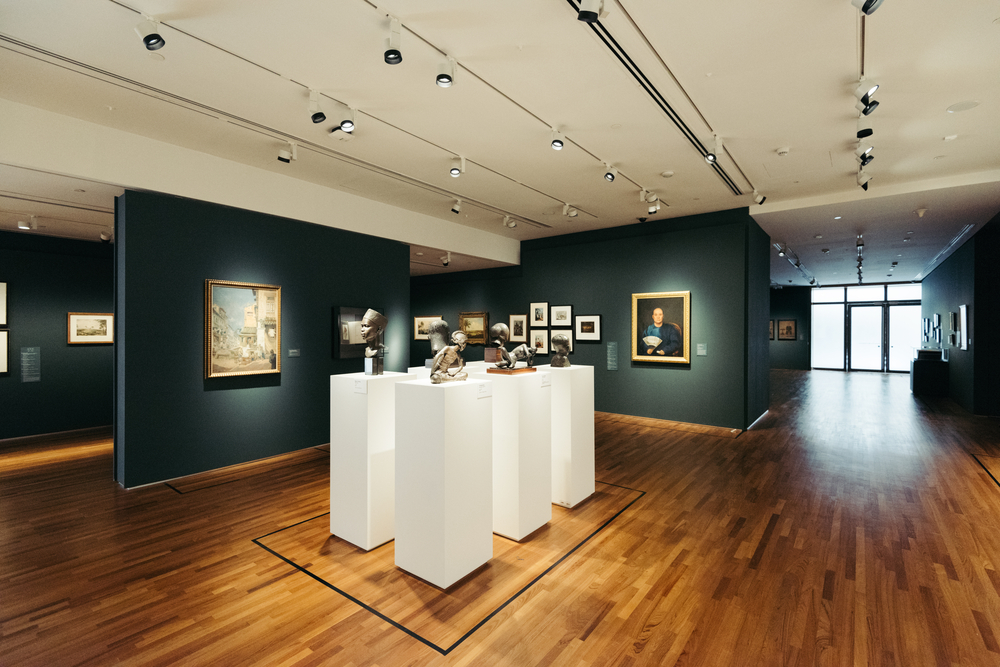
Museums have a permanent collection of works of art, artifacts, and other objects that are on display for the public to view. The purpose of a museum is to educate the public about the cultural, historical, and scientific significance of these objects.
Museums also have temporary exhibitions that showcase works of art, artifacts, or other objects that are on loan from other institutions or private collectors.
What is a Gallery?
Galleries are commercial spaces that are dedicated to the exhibition and sale of works of art. Unlike museums, galleries are typically privately owned and operated, and their primary purpose is to sell works of art to collectors and the general public.
They may specialize in a particular type of art, such as paintings, sculpture, or photography, or they may exhibit a variety of works.
Galleries do not have a permanent collection of works of art, and the works on display are typically for sale. The purpose of a gallery is to promote and sell the works of artists and to provide a space for the public to view and appreciate these works. Galleries may also have temporary exhibitions that showcase the works of a particular artist or group of artists.
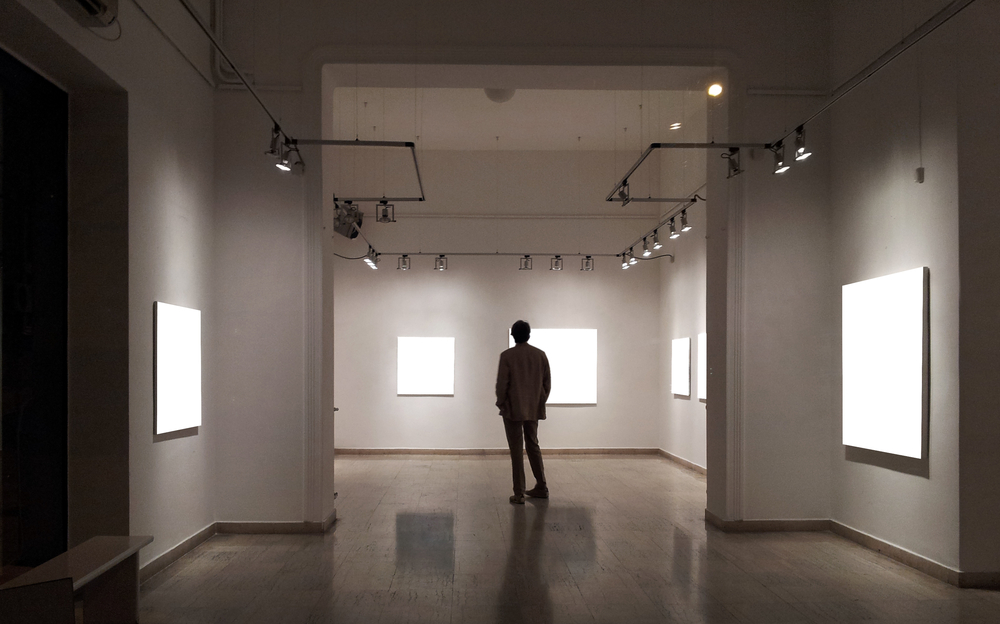
In summary, museums are non-profit institutions that are dedicated to the collection, preservation, and display of works of art, artifacts, and other objects of cultural, historical, or scientific significance. Their primary purpose is to educate the public about the cultural, historical, and scientific significance of these objects.
Galleries, on the other hand, are commercial spaces that are dedicated to the exhibition and sale of works of art. Their primary purpose is to promote and sell the works of artists and to provide a space for the public to view and appreciate these works.
Museums: More than Just Art
Museums are institutions that collect, preserve, and display objects of artistic, cultural, historical, or scientific significance. While art museums are the most commonly known type of museum, there are many other types that cater to different interests. In this section, we will explore the purpose of museums, the different types of museums, and how art museums differ from natural history museums.
The Purpose of Museums
The primary purpose of museums is to preserve and display objects of cultural, historical, or scientific significance for the public to view and study. Museums also play a vital role in educating the public about the past and present, and they support research and scholarship in various fields. Additionally, museums often serve as community centers that offer a variety of programs, events, and activities for people of all ages.
Art Museums vs Natural History Museums
Art museums and natural history museums differ in several ways. Art museums focus on displaying and interpreting works of art, while natural history museums focus on displaying and interpreting objects from the natural world.
They often have a more formal atmosphere, with artworks displayed in carefully curated galleries and studied by curators and art experts. Natural history museums may have a more raw and immersive atmosphere, with specimens displayed in dioramas and interactive exhibits.
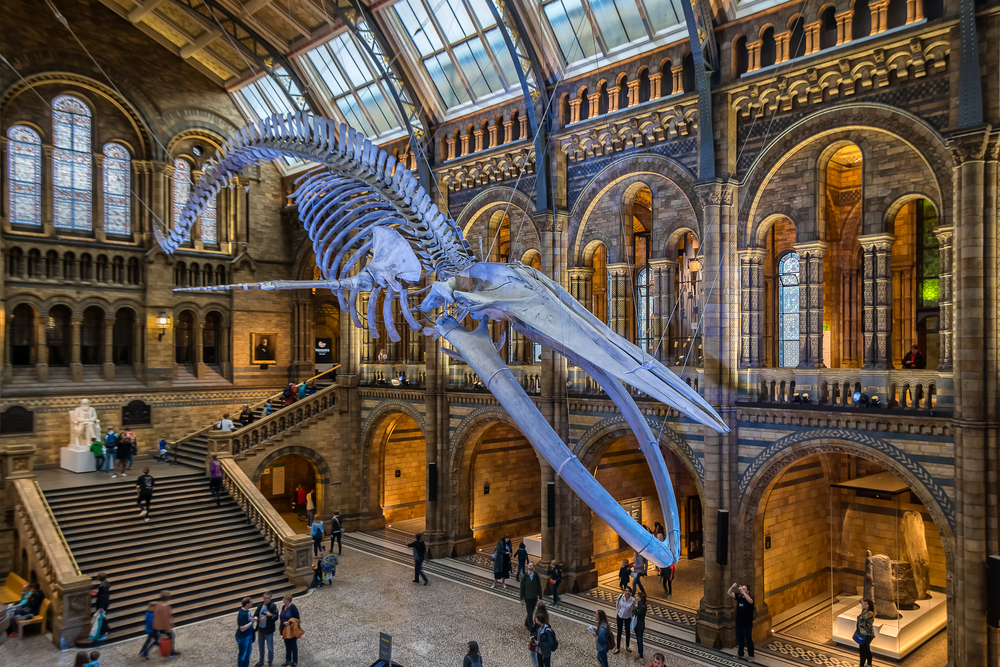
Another key difference between art museums and natural history museums is the type of objects they collect and display. Art museums collect and display artworks, which are often unique and valuable objects that require special care and handling.
Natural history museums collect and display specimens, such as skeletons, fossils, and preserved animals, which are often less fragile and more durable.
In conclusion, museums are essential institutions that play a vital role in preserving and displaying objects of cultural, historical, or scientific significance. From art museums to natural history museums, these establishments offer a wealth of knowledge and inspiration to visitors of all ages.
Galleries: Commercial Spaces for Art
The Purpose of Galleries
Galleries are commercial spaces that sell artwork. Their primary purpose is to serve as a platform for artists to showcase their work and for collectors to purchase it. Galleries are businesses, and their ultimate goal is to make a profit. They are not funded by the government or private organizations, and they do not have a mandate to educate the public about art.
Types of Galleries
There are several types of galleries, including:
- Commercial Galleries
- Artist-run Spaces
- Non-profit Galleries
Commercial galleries are the most common type and are run as businesses. Artist-run spaces are run by artists and are often used to showcase emerging artists.
Non-profit galleries, on the other hand, are funded by private organizations or the government and have a mandate to educate the public about art.
Art Galleries vs Museums
The main difference between art galleries and museums is their commercial purpose. While galleries are primarily focused on selling artwork, museums are focused on educating the public about art and preserving it for future generations.
Museums are often funded by the government or private organizations, and they have a mandate to conserve and display art for the public.
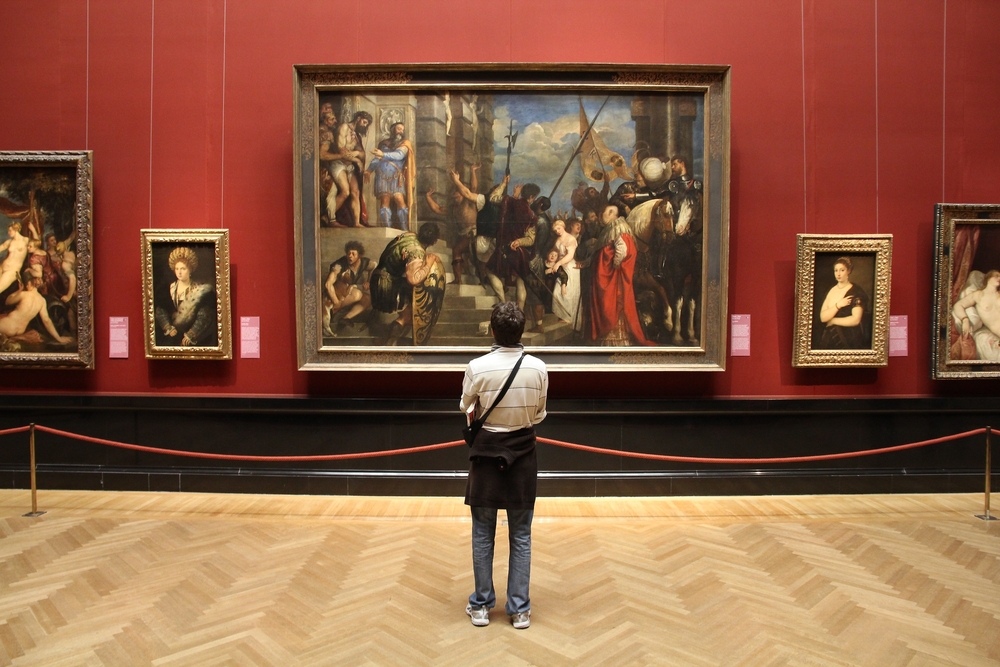
Galleries and museums also differ in their approach to curation. Galleries tend to focus on modern and contemporary art, while museums often have a broader mandate to collect and display art from different periods and genres.
Museums also tend to have more resources for conservation and research, while galleries are more focused on promoting and selling artwork.
In conclusion, galleries are commercial spaces that sell artwork, while museums are focused on education and conservation.
While galleries play an important role in the art world by providing a platform for artists to showcase their work and for collectors to purchase it, museums have a broader mandate to educate the public about art and preserve it for future generations.
Ownership and Conservation
Ownership of Works of Art
Museums and galleries differ in terms of ownership of works of art. Museums usually have a permanent collection of works of art that are owned by the institution itself, while galleries typically display works of art that are owned by private collectors or artists. Museums may also acquire works of art through donations, bequests, or purchases.
Conservation and Restoration
Both museums and galleries are responsible for the conservation and restoration of works of art.
Conservation involves the preservation and protection of works of art from damage or deterioration caused by environmental factors, such as light, humidity, and temperature.
Restoration, on the other hand, involves repairing or restoring works of art that have been damaged or degraded over time.
Museums typically have a dedicated conservation department that employs conservators who specialize in the preservation and restoration of works of art. These conservators use scientific methods and techniques to analyze and treat works of art. Galleries, on the other hand, may outsource conservation and restoration work to external professionals.
In both museums and galleries, the conservation and restoration of works of art is an important aspect of ensuring the longevity and cultural significance of these objects.
Overall, while museums and galleries share some similarities in terms of ownership and conservation of works of art, there are also significant differences between the two institutions.
Exhibitions and Events
Exhibitions and events are an integral part of both museums and galleries. They are the primary way in which these institutions engage with their visitors and showcase their collections. There are several types of exhibitions and events that are organized by museums and galleries.
Temporary Exhibitions
Temporary exhibitions are exhibitions that are organized for a limited period of time, usually for a few months. These exhibitions are often organized around a particular theme or subject and may feature works from a single artist or a group of artists.
Museums and galleries often use temporary exhibitions to attract visitors and generate interest in their collections. These exhibitions can be curated in-house or may be organized in collaboration with other institutions.
Permanent Exhibitions
Permanent exhibitions are exhibitions that are a permanent part of the museum or gallery’s collection. These exhibitions are usually organized around a particular theme or subject and feature works from the institution’s collection.
Permanent exhibitions are designed to provide visitors with a comprehensive understanding of the institution’s collection and its significance.
Special Events
Special events are organized by museums and galleries to engage with their visitors and generate interest in their collections.
These events may include lectures, workshops, performances, and other activities that are related to the institution’s collection. Special events are often organized around a particular theme or subject and may be targeted towards a specific audience.
In conclusion, exhibitions and events are an essential part of both museums and galleries. They are used to engage with visitors, showcase collections, and generate interest in the institution. Museums and galleries organize both temporary and permanent exhibitions, as well as special events, to cater to the interests of their visitors.
Public vs Private Institutions
Public and private institutions are the two main types of museums and galleries. Public institutions are those that receive funding from the government or other public sources, while private institutions are funded by private donors or organizations.
Public Museums and Galleries
Public museums and galleries are institutions that are open to the public and are funded by the government or other public sources. They are often dedicated to preserving and displaying cultural artifacts and works of art for the benefit of the general public.
Public museums and galleries are usually free to enter, and they are typically run by a board of directors or trustees who are appointed by the government or other public entity. These institutions often have a strong educational focus, offering workshops, lectures, and other educational programs to the public.
Private Museums and Galleries
Private museums and galleries, on the other hand, are institutions that are funded by private donors or organizations. They are often dedicated to the preservation and display of specific collections or works of art, and they may be open to the public or only to members of the organization.
Private museums and galleries are often run by a board of directors or trustees who are appointed by the private donors or organization that funds the institution. These institutions may charge admission fees or require membership, and they may have a more exclusive or specialized focus than public institutions.
Overall, both public and private museums and galleries play an important role in preserving and displaying cultural artifacts and works of art. While public institutions are often more accessible to the general public and have a strong educational focus, private institutions may have a more specialized focus and rely on private funding to maintain their collections.
Conclusion
Museums and galleries serve different purposes in the art world. Museums are institutions that collect, conserve, and display works of art, artifacts, and other objects of cultural, historical, or scientific interest. They are often publicly funded and have a strong educational focus, providing visitors with opportunities to learn about art and its history.
The main difference between museums and galleries is their purpose. Museums exist to educate the public and preserve cultural heritage, while galleries exist to promote and sell art. Museums often have permanent collections, while galleries tend to have temporary exhibitions.
Both museums and galleries play important roles in the art world. Museums provide a space for education and preservation, while galleries provide a space for artists to showcase and sell their work.

